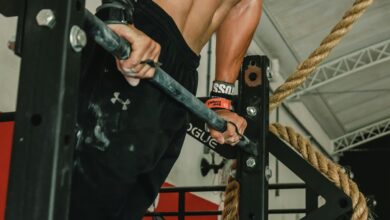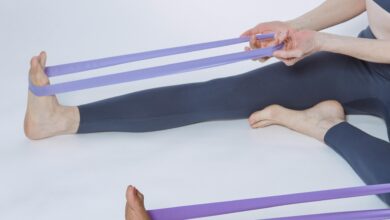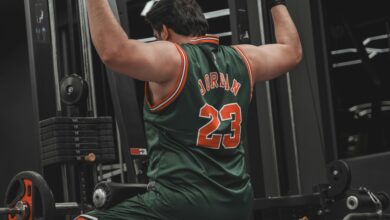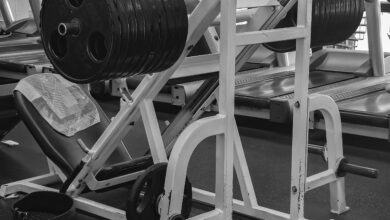The Best Yoga Mats for Different Types of Yoga
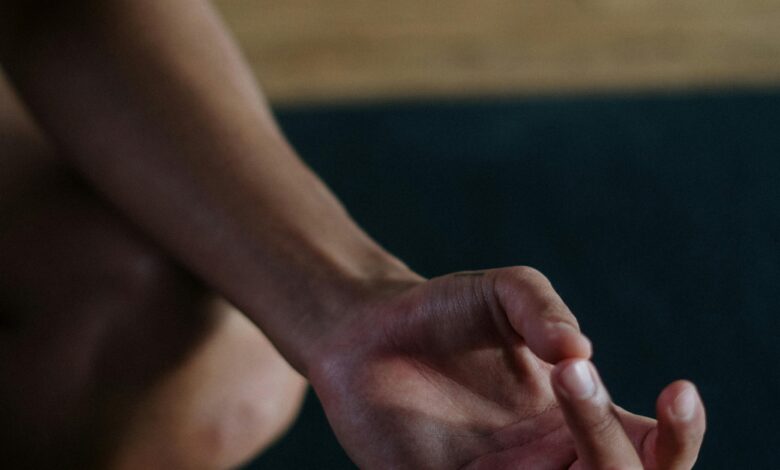
Yoga is a versatile practice that encompasses a wide range of styles, each with its own unique demands. Whether you’re into the fast-paced flows of Vinyasa, the precision of Ashtanga, or the restorative stillness of Yin Yoga, choosing the right yoga mat can significantly enhance your practice. In this guide, we’ll explore the best yoga mats tailored to different types of yoga, helping you find the perfect match for your needs.
Factors to Consider When Choosing a Yoga Mat
Before diving into specific recommendations, it’s important to understand the key factors that differentiate yoga mats:
- Thickness : Thicker mats (5-6mm) provide more cushioning, ideal for joint support during floor-based poses. Thinner mats (2-4mm) offer better stability and are preferred for balance-focused practices.
- Material : Eco-friendly materials like natural rubber or cork are popular, while PVC mats are known for durability. Each material has pros and cons in terms of grip, texture, and sustainability.
- Grip : Non-slip surfaces are essential for sweaty practices like Hot Yoga or Power Yoga.
- Portability : Lightweight mats are easier to carry but may sacrifice durability or cushioning.
- Size : Standard mats are 68 inches long and 24 inches wide, but taller practitioners might prefer longer or wider options.
- Durability : High-quality mats resist wear and tear, especially for frequent use.
Now, let’s break down the best yoga mats for various yoga styles.
1. Vinyasa Yoga
Characteristics:
- Dynamic, flowing sequences.
- Requires good grip due to constant movement.
- Moderate cushioning for comfort during transitions.
Recommended Mats:
- Manduka PROlite
- Thickness: 4.7mm
- Material: PVC
- Why It’s Great: Offers excellent grip once broken in, lightweight yet durable, and provides enough cushioning for dynamic movements.
- Liforme Yoga Mat
- Thickness: 4.2mm
- Material: Eco-polyurethane top layer + natural rubber base
- Why It’s Great: Features alignment markers for precise positioning, superior grip even in sweaty conditions, and eco-friendly materials.
2. Hot Yoga
Characteristics:
- Practiced in heated environments (90°F+).
- Intense sweating requires maximum grip and moisture-wicking properties.
- Minimal cushioning is acceptable since the heat softens joints.
Recommended Mats:
- Jade Harmony Professional Yoga Mat
- Thickness: 4.8mm
- Material: Natural rubber
- Why It’s Great: Provides exceptional traction when wet, eco-friendly, and absorbs sweat effectively.
- Yoga Design Lab Combo Mat
- Thickness: 5mm
- Material: Microfiber top layer + natural tree rubber base
- Why It’s Great: Combines absorbency and grip, dries quickly, and has a stylish design.
3. Hatha Yoga
Characteristics:
- Slow-paced, gentle practice focusing on foundational poses.
- Comfortable cushioning is prioritized over extreme grip or portability.
Recommended Mats:
- Gaiam Premium Print Yoga Mat
- Thickness: 6mm
- Material: PVC
- Why It’s Great: Extra cushioning makes it ideal for beginners or those who need joint support, available in a variety of designs.
- Alo Yoga Warrior Mat
- Thickness: 5mm
- Material: Polyurethane top layer + natural rubber base
- Why It’s Great: Soft and supportive, offers great grip, and has a luxurious feel.
4. Ashtanga Yoga
Characteristics:
- Rigorous, structured sequences requiring stability and focus.
- Thin mats are preferred for grounding and balance.
Recommended Mats:
- Manduka eKO Lite Mat
- Thickness: 4mm
- Material: Natural rubber
- Why It’s Great: Thin yet grippy, eco-friendly, and durable for daily practice.
- B Yoga B Mat Strong
- Thickness: 4mm
- Material: Natural rubber
- Why It’s Great: Durable and stable, designed for high-performance practices like Ashtanga.
5. Restorative & Yin Yoga
Characteristics:
- Slow, meditative practices involving long holds in seated or reclined poses.
- Maximum cushioning is essential for prolonged floor contact.
Recommended Mats:
- Hugger Mugger Para Rubber Yoga Mat
- Thickness: 6mm
- Material: Natural rubber
- Why It’s Great: Thick and supportive, provides excellent cushioning for sensitive joints.
- Yoloha Cork Yoga Mat
- Thickness: 5mm
- Material: Cork top layer + natural rubber base
- Why It’s Great: Naturally antimicrobial, comfortable, and provides a stable surface for deep stretches.
6. Travel-Friendly Yoga Mats
Characteristics:
- Lightweight and compact for easy transport.
- Suitable for all-around use, including travel and outdoor sessions.
Recommended Mats:
- Manduka eKO SuperLite Travel Yoga Mat
- Thickness: 1.5mm
- Material: Natural rubber
- Why It’s Great: Ultra-lightweight and foldable, perfect for packing in a suitcase or backpack.
- Lululemon The Reversible Mat 5mm (Travel Version)
- Thickness: 1.5mm
- Material: Polyurethane top layer + natural rubber base
- Why It’s Great: Compact, reversible design, and offers decent grip for a travel mat.
7. Eco-Friendly Yoga Mats
Characteristics:
- Made from sustainable, biodegradable, or recyclable materials.
- Ideal for environmentally conscious yogis.
Recommended Mats:
- Jade Harmony Professional Yoga Mat
- Thickness: 4.8mm
- Material: Natural rubber
- Why It’s Great: Biodegradable, supports reforestation efforts, and provides excellent grip.
- Suga Recycled Wetsuit Yoga Mat
- Thickness: 4mm
- Material: Recycled neoprene wetsuits
- Why It’s Great: Sustainable, durable, and gives new life to discarded materials.
